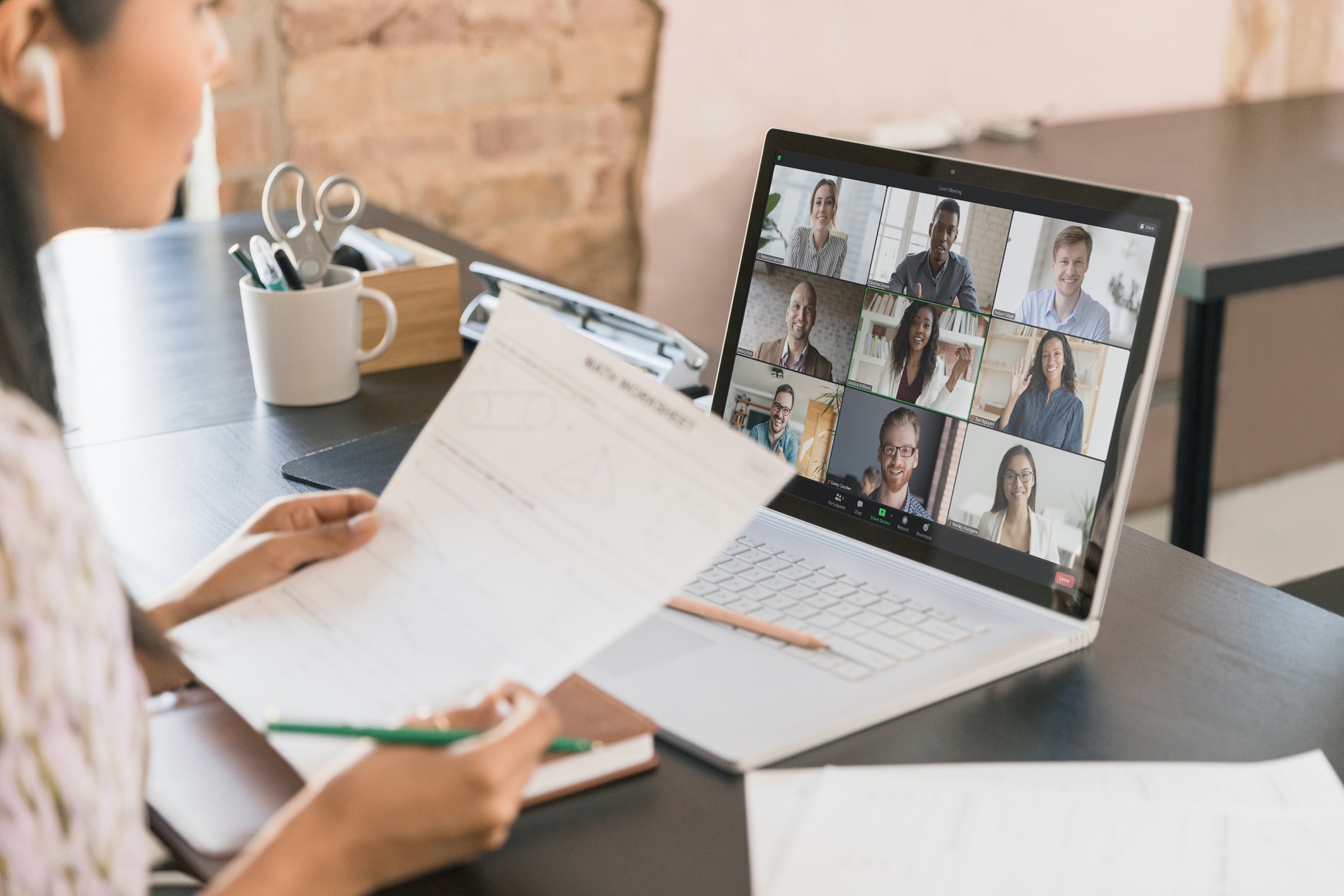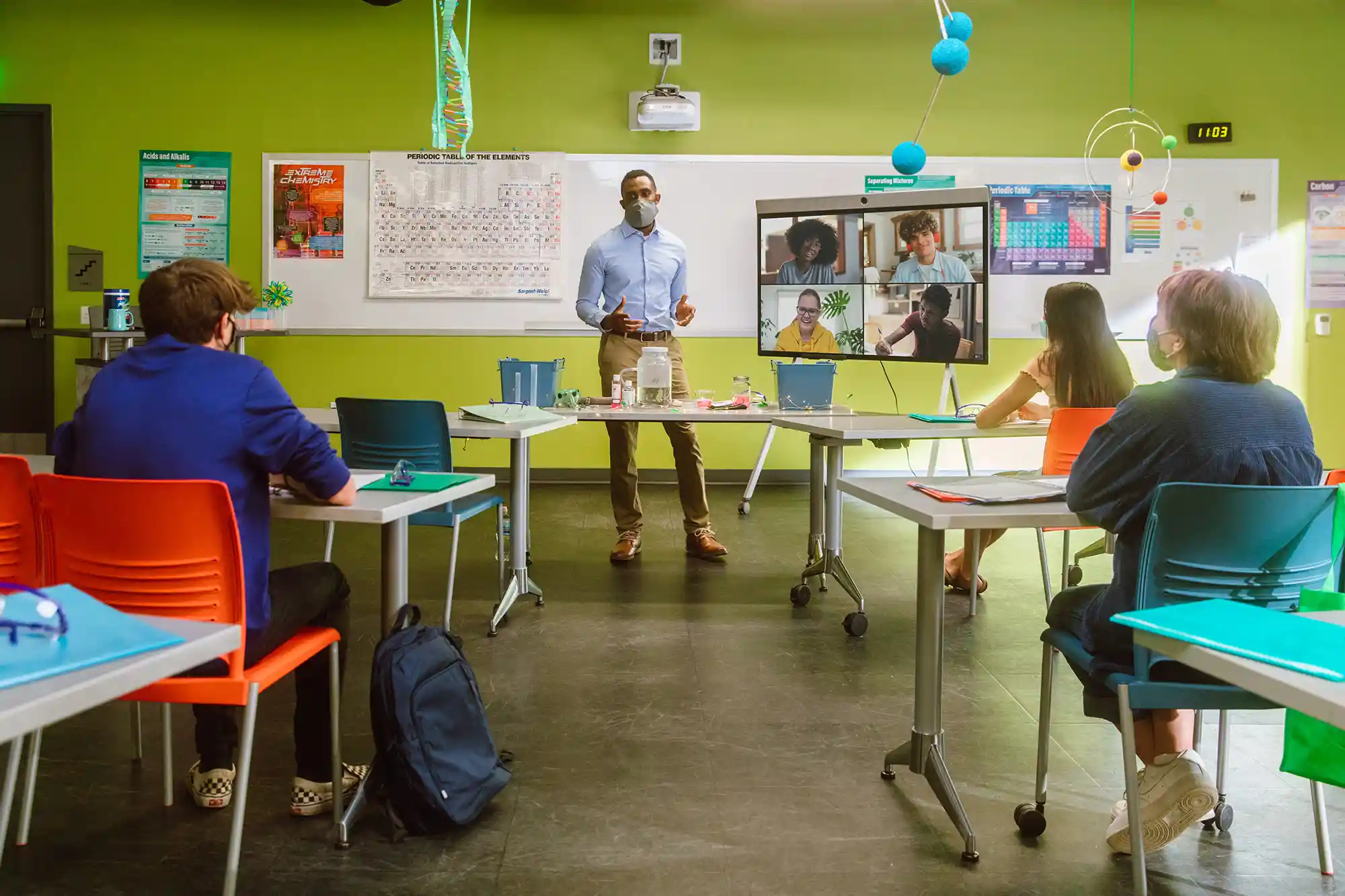
What is a virtual classroom? Tips to set one up
From leveraging the right tech to supporting secure online classes, keep reading for some best practices for creating your virtual classroom.
Updated on December 20, 2022
Published on December 20, 2022


Rural communities are often underserved and unable to access technology for critical services and information. Meanwhile, organizations struggle when trying to expand their reach and capacity into these rural areas. Thankfully, interactive technology like the Zoom platform can bridge this gap, and with the help of a USDA grant program, educational, governmental, and healthcare organizations can apply for funding to use Zoom solutions to support rural communities in need.
The USDA Rural Utilities Service Distance Learning and Telemedicine (RUS-DLT) grant is a unique program that covers the capital expenditures needed to facilitate live, interactive distance-learning and/or telemedicine services to USDA rural areas – or communities with fewer than 20,000 people.
It allows rural K-12 school districts, higher education organizations, tribal entities, community health centers, hospital systems, clinics, government agencies, and many other types of organizations, the opportunity to leverage technology – primarily video conferencing and collaboration technology – to promote access to these vital services and opportunities. This grant also allows the same organizations in urban and suburban areas to expand their reach and offer their resources to the benefit of rural communities. It’s our hope at Zoom that education institutions can apply for this grant and use Zoom solutions to enhance the causes that will impact the most.
For Southeastern Community College — a public community college in Iowa with two campuses — learning is their passion. They’re dedicated to lifelong learning and proudly support all students in pursuit of their career and education goals. A vital part of the region since 1920, Southeastern Community College leveraged the RUS DLT grant 100 years later to establish distance learning programs in four counties. This allows students in both higher education and K-12 dual enrollment programs to access Science, Technology, Engineering, and Math (STEM) classes, college readiness and professional development courses, workforce development, certification programs, and continuous education. The equipment afforded through the RUS-DLT grant will also provide students with access to health and substance abuse prevention education.
Though this grant revolves around the capital expenditures of technology purchases, it’s designed to fund programs and projects that provide access via technology. Here are some common use cases for previously funded RUS-DLT projects.
Higher education
K-12 primary and secondary education
Healthcare
State and local government
With so many opportunities, we hope you can find a project or program that matches your needs. Let’s explore how to use those winning grant dollars. The following list is not exhaustive, nor are the listed items automatically eligible. An applicant will need to justify the main use of this equipment as technology that’s designed to deliver education or medical care to residents of rural locations.
Examples of provisionally eligible budget items:
If you’re interested in discussing how your organization could benefit or explore whether your initiatives are eligible for this program, please contact us at grants@zoom.us.